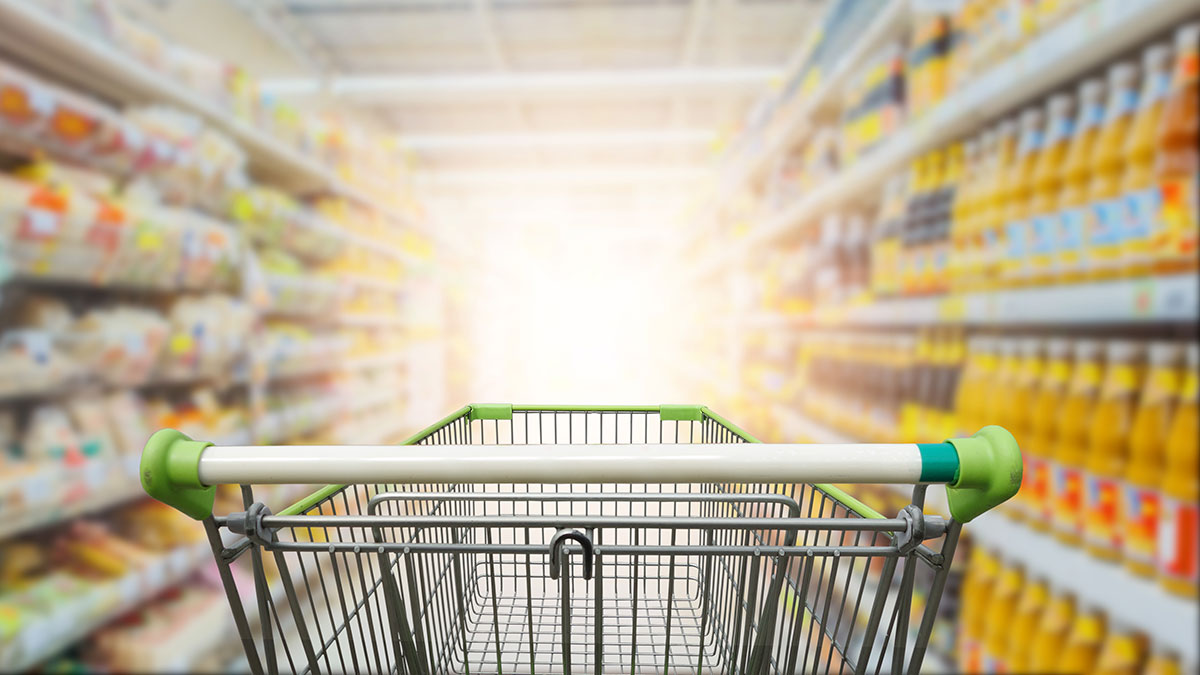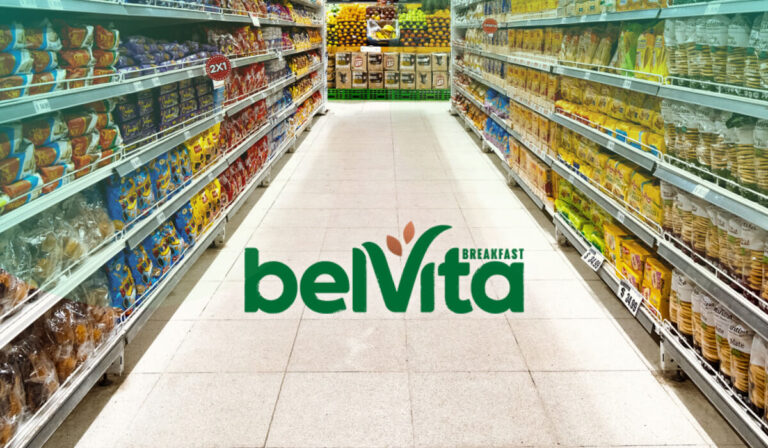At this very moment, the retail landscape is changing in ways few marketers could have anticipated in the face of COVID-19. As consumers adapt to new and unexpected social distancing, self-isolation, and quarantine procedures, they must adjust their everyday behavior.
And as they learn to navigate this new reality, retailers will need to do the same.
Observe the Trends
While we’re all focused on preserving our health and the health of others, the fact of the matter is that there’s still demand for everyday goods. Visits to grocery and drug stores may not follow the same old patterns, but even consumers who are sheltering-in-place rely on retailers to meet their basic needs.
What exactly do current shopping and foot traffic trends look like? Based on GroundTruth Visitation Data, we know there was a big uptick in store visits starting on March 12th as consumers rushed to stockpile the essentials.
Warehouse, Big-Box, and Grocery stores have all seen about double the visits per shopper on their busiest days compared to the February average. Most recently, the busiest days for stockpiling goods were March 12th, 13th, and 14th.
Address Inventory Concerns
As a result of this behavior, along with increased purchases of key items in general, many stores have been experiencing a shortage of goods and inventory. According to a survey released by Numerator earlier this month, before Coronavirus was officially ruled a pandemic, 53% of in-store shoppers and 55% of online shoppers said they’d “experienced product shortages at stores [they were] trying to buy from.”
One of the worries on consumers’ minds these days is whether they can still get the products they need. Many have already discovered first-hand that it can be difficult to find items like cough syrup, toilet paper, canned goods, and meat. As they look to stock up on necessities that are in high demand, these percentages are likely to increase.
This means brands must find creative ways to maintain an ongoing dialogue with potential customers even when they aren’t physically in a retail store. This includes keeping them informed about product availability in-store, ordering online, delivery options, and the ability to pick up curbside or on-site.
Localize Your Marketing
A reliable way to get this message across is through localized targeting. Adopting a localized approach to your marketing can help you disseminate valuable information about product availability to those who need it, especially for consumers staying so close to their homes in order to deal with the Coronavirus Pandemic. This can also minimize the number of times consumers need to leave their homes, as they’ll know in advance what’s in stock.
For example, GroundTruth’s hyper-local, store-level targeting capabilities can be used to inform consumers about digital offers and store information, including inventory. Through our partnerships with leading sales data and inventory management platforms, we have visibility into all SKU availability at the individual store level for major Grocery, C-store, Pharmacy, and Mass Merch retailers. Media can be turned on and off based on inventory counts at surrounding stores, so brands can maximize the effectiveness of their media, and only serve ads to people near stores that have key products in stock.
Take this time to assess your strategy, along with your brand persona, and respond with sensitivity. It’s tough to know the best approach to an unprecedented situation. But keeping your customers informed about your efforts to fulfill their product needs is a surefire way to help both your community and your brand.







